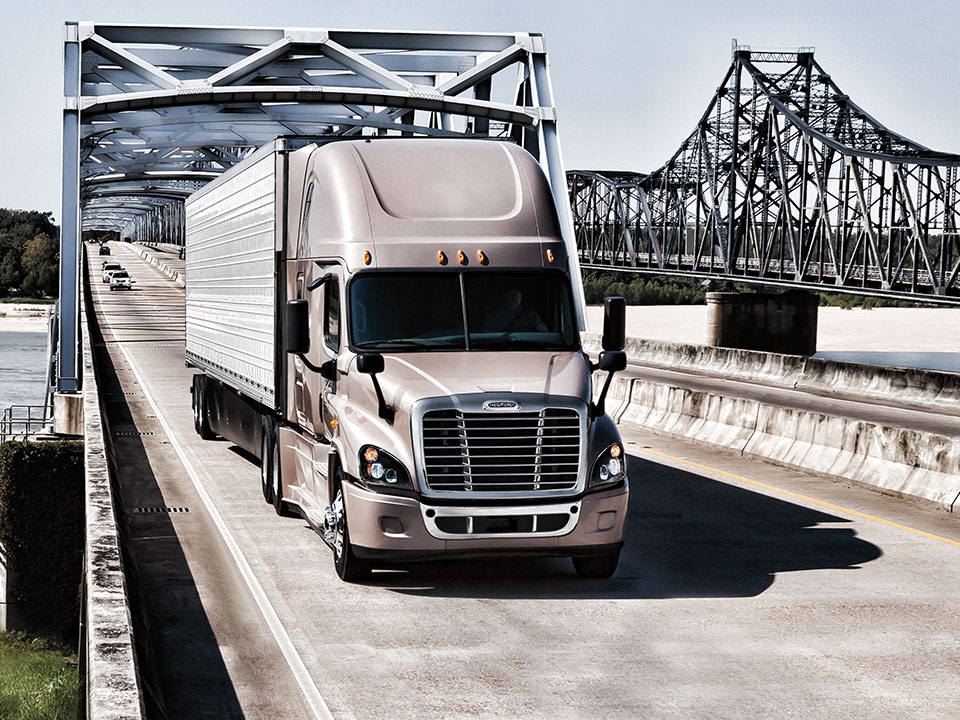It seems as though we’ve been talking about major infrastructure investment forever. Do we finally have a chance to move forward?
Everybody knows how bad our roads, highways, and bridges are and that includes all drivers, personal and commercial. If you’ve ever driven your car over a pothole and blew a tire or missed a delivery because your truck could no longer travel on a weight-restricted roadway, then you know that our crumbling infrastructure is hurting all of us.
Here’s a sobering fact: According to the World Economic Forum, the U.S. ranks 12th in infrastructure quality out of 138 countries. That is unacceptable considering that we rank second in infrastructure spending. What’s worse, we rank 60th when it comes to road safety because of the high deaths from traffic accidents.
Now to be fair, infrastructure rankings include dams, power grids, ports, public transportation as well as roads and bridges. Still, the 2017 report card from the American Society of Civil Engineers (ASCE) grades our roads with a solid “D.” According to the report card, “one out of every five miles of highway pavement is in poor condition and our roads have a significant and increasing backlog of rehabilitation needs.”
This lack of repair is incredibly frustrating since, according to the report card, people and freight traveled over three trillion miles across U.S. roads in 2016 alone, equal to 300 round trips between Earth and Pluto.
We all agree our infrastructure needs to be fixed, but how to pay for that remains an ongoing issue. We’ve been using our roads while underfunding their needs. There is currently a backlog of $836 billion that is needed for highways and bridges. Of that, $420 billion is needed to repair existing highways. Those repairs, if made, will ultimately pay for themselves since “each dollar spend on road, highway, and bridge improvements returns $5.20 in the form of lower vehicle maintenance costs, decreased delays, reduced fuel consumption, improved safety, reduced emissions, and more.
Yet, here we sit, once again, lamenting the conditions over our roads and highways. It’s not a matter of political party since this has existed through multiple administrations; it is a matter of political will and courage. The reality is these repairs have to be paid for. Do we raise federal fuel taxes? Should we have user fees? The ASCE notes that there are new technologies and procedures that will ultimately make our roads more resilient and sustainable and that may reduce the costs of future repairs but for right now, we need to pay for the situation as it exists.
I truly wish someone could identify a “silver bullet” that would fix everything for a smaller cost, but the problem is, that’s exactly what we’ve been doing for decades…essentially putting band-aids on amputations. It doesn’t work. Hopefully, this time will be different and we really will pull together as one people to get our roads repairs and to regain our ranking as having one of the best infrastructure standards in the world. The mid-terms are over. Let’s get to work.





